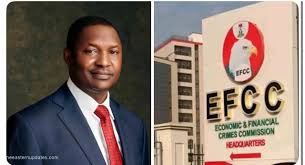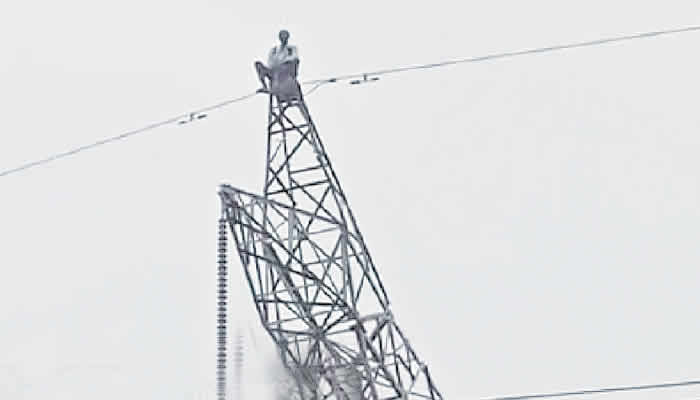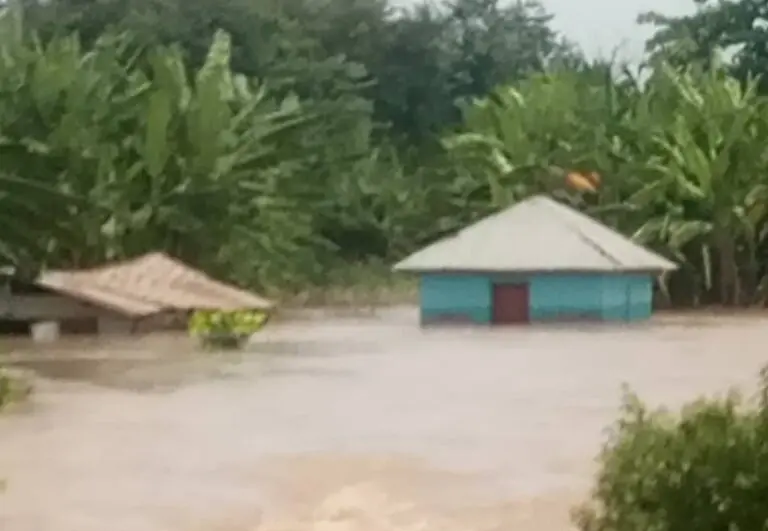Builders have expressed concern over the growing reliance on foreign artisans from neighbouring countries such as Togo and Ghana, calling for urgent investment in the training and retraining of local craftsmen to bridge the competency gap in Nigeria’s construction sector.
The National Vice President of the Real Estate Development Association of Nigeria (South-West), Kunle Adeyemi, made this call at the 34th Lagos Builders Conference, themed ‘Collaboration, Cooperation and Inclusiveness for Successful and Sustainable Building Delivery’.
He said, “There is the growing quackery and lack of professionalism. We also have a competency deficiency among artisans. Developers are often forced to import artisans from Togo and Ghana because they still pay attention to detail. This must change. We need to train and retrain our local artisans.
“Another menace is the proliferation of substandard building materials; you go to buy a 16 mm rod, and when tested in the lab, it’s something else entirely. The Standards Organisation of Nigeria should not be the only one tackling this; all of us must get involved. Nigeria is projected to become the world’s third most populous nation in the next decade, yet we’re unprepared to accommodate this growth.
Adeyemi noted that the challenges plaguing the built environment cannot be solved without collaboration.
He continued, “There’s the incessant price hike of building materials; prices can change within days or weeks, rendering project budgets obsolete. We need to cooperate, collaborate, and create systems to stabilise this.
“Another major issue is the implementation of domesticated building codes. While the Federal Government has granted states the right to domesticate their codes, many have not implemented them. We all need to sit together, architects, builders, surveyors, valuers, project managers, and facility managers, to push this forward.
“And of course, the elephant in the room, the Land Use Act. While this may not be the platform to express personal views, we must agree that reforming this law requires every professional and practitioner sitting together to discuss how it affects sustainable building delivery.”
Speaking on the importance of collaboration, the president of the Nigerian Institute of Building, Bimbo Kolade, noted that building delivery was a multidisciplinary process.
He continued, “It requires the combined expertise of architects, engineers, builders, quantity surveyors, planners, and several others across the value chain. However, collaboration is often undermined by professional rivalry, communication gaps, and fragmented project delivery systems.
“To achieve successful and sustainable building delivery, all stakeholders must collaborate, not compete destructively. Collaboration ensures that every professional contributes their unique skill to the delivery process, eliminating conflicts and inefficiencies that often result in building failures, cost overruns, and project abandonment.”
Meanwhile, the Vice Chairman of the Nigerian Institute of Building, Lagos Chapter, Owolabi Ayoola, said professional rivalry should not be a stumbling block to the development of the nation, adding that it should instead be our guiding principle to respect our boundaries while promoting synergy among all stakeholders.
He urged, “When builders and other professionals are given their rightful place in the project cycle, quality, safety, and efficiency are guaranteed. We therefore urge all built environment professionals, practitioners, relevant government agencies, and stakeholders, including artisans and craftsmen, to collaborate, cooperate, and engage constructively with one another to foster harmony in practice for successful and sustainable building delivery.
“We also call on all to advocate for relevant reforms in legislation and government policies that clearly define, protect, and enforce the roles of each professional, builders, engineers, architects, and others, in order to restore sanity to the built industry and reduce the many challenges confronting it, including putting an end to the menace of incessant building collapse.”














